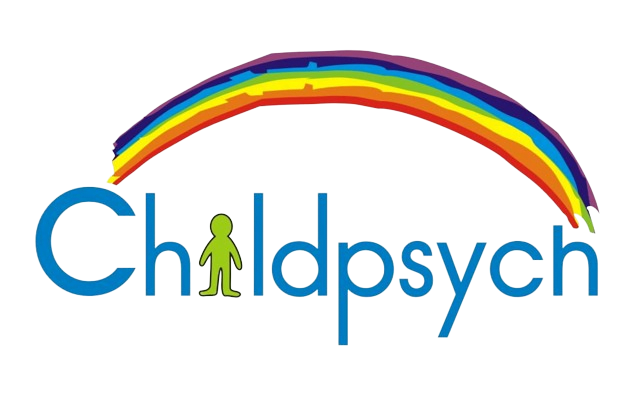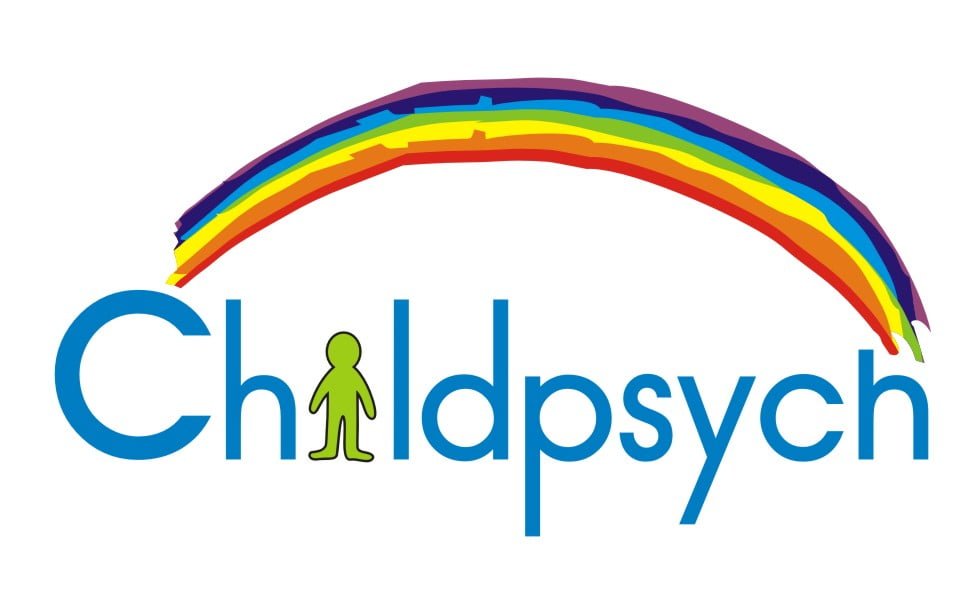
From time to time my assessments indicate that a child may have a memory problem and when I point this out to the parents I am usually met with a response such as: “It doesn’t make sense – she can remember things that happened years ago when she was still a little girl. She can’t have a memory problem?”.
Well, yes. And no. We may think of memory as a single, simple aspect of learning but it is in fact a rather complex process requiring the coordination of various different types of memory to help us form lasting memories.
Short term memory has been referred to as “the brain’s post-it note”. It holds small amounts of information in mind for a short period of time, typically under 1 minute. Short term memory is also known as working memory and its function is to keep information readily available while the brain is working with it. For instance, kids learning to read with understanding will need to keep the beginning of a sentence in their memory as they reads the rest of the sentence. The information kept in short term memory will quickly disappear unless we make an effort to retain it in our long term memory.
Our long term memory can store a seemingly unlimited amount of information almost indefinitely. We can commit information to long term memory through a process called consolidation, which includes rehearsing the information or making meaningful associations with it. Scientists have found that there are in fact structural changes to the neurons on the brain when long term memories are formed. Children need to commit information to their long term memories in order for successful learning to take place.
Long term memory can be either declarative or procedural. Declarative memory refers to those memories which can be consciously declared such as facts and events – these kinds of memories are retrieved through a conscious process. Procedural memory is the memory of how to do things such as tying a shoelace or riding a bike. Procedural memories are usually formed through a lot of practice and repetition and so often become automatic, unconscious processes.
Declarative memory can further be divided into episodic and semantic memories. Episodic memory is a record of structured information such as facts, concepts and definitions and is independent of our personal experiences. Semantic memories, however represents memories of our experiences and is associated with our emotions and other contextual information around the events. Semantic memories are often some of our strongest memories and easiest to recall, possibly because of the emotions attached to them and it is this kind of memory that we need to try and activate in order for successful learning to take place. By enriching children’s academic experiences we can help them give meaning to otherwise meaningless facts and figures and in this way enhance kids learning.
Long term memories can also be divided into retrospective memories, which are the memories we have already formed about past events and prospective memory which is our ability to form new memories as we experience and learn new things.



